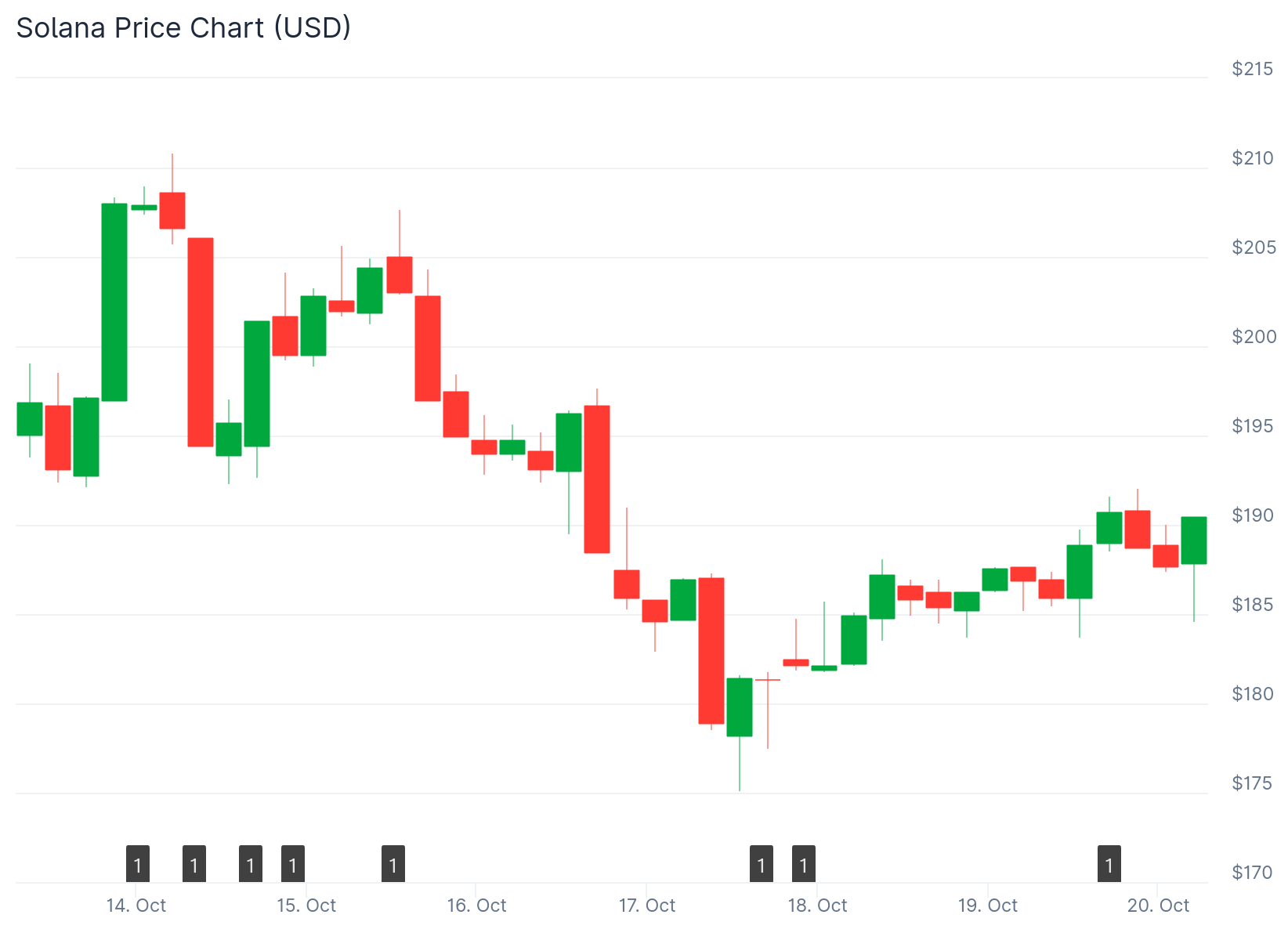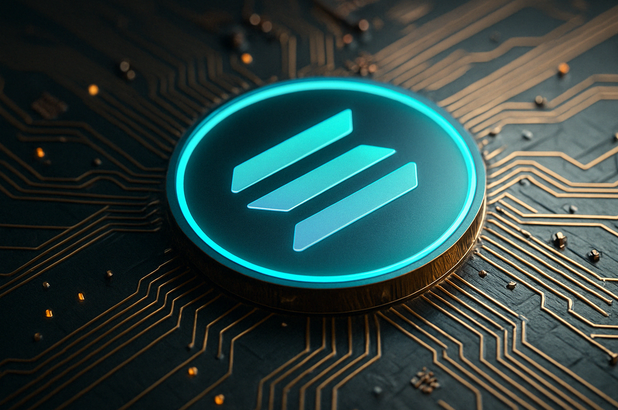TLDR
- Solana generates approximately $5 billion in annual revenue from network fees, with monthly fees around $425 million
- The blockchain processes transactions in 12-13 seconds with average block times of 400 milliseconds and fees of just $0.02 per transaction
- Over 1,000 full-time developers are building on Solana, contributing to its growing ecosystem across DeFi, telecommunications, and consumer tech
- Grayscale’s recent report highlights Solana’s appeal to institutional investors due to its high throughput and low costs
- SOL token offers staking yields near 7% annually, with net returns of 2.5-3% after accounting for 4-4.5% token inflation
Solana is attracting attention from institutional investors according to a recent Grayscale analysis. The blockchain network has become known for its fast transaction speeds and low fees.

The Grayscale report points to Solana’s position among smart contract platforms. The network has a large number of users and transactions. Transaction costs remain very low compared to other blockchains.
1/ @solana is a central part of the crypto ecosystem, but many mainstream investors are only just starting to learn about the network and its $SOL token. Get up to speed with the latest report from our research team.
🧵⬇
— Grayscale (@Grayscale) October 17, 2025
Solana supports many different types of decentralized applications. These include DeFi platforms like Raydium and consumer apps like Pump.fun and Helium. The blockchain is being used in financial technology, telecommunications, and consumer tech sectors.
The Solana network generates about $425 million in monthly fees. This equals more than $5 billion per year. These numbers show real economic activity happening on the blockchain.
Performance Metrics Drive Adoption
Solana produces blocks in about 400 milliseconds on average. Transactions finish in 12 to 13 seconds. This speed makes Solana one of the faster blockchains available.
Transaction fees on Solana average $0.02 per transaction. These low costs have helped bring developers and users to the platform. The combination of speed and low fees appeals to both groups.
More than 1,000 full-time developers work on Solana. They build new applications and improve the existing protocol. This developer community helps drive innovation on the network.
Token Economics and Staking
The SOL token powers the Solana blockchain. It handles transactions and supports decentralized applications. Users need SOL to interact with the network.

Token holders can stake their Solana for rewards. The staking yield is close to 7% annually. The token supply grows by 4% to 4.5% each year.
After accounting for inflation, stakers earn between 2.5% and 3% in real terms. This provides an incentive for token holders to participate in network security.
The Firedancer project has proposed removing compute limits on blocks. The change would increase network throughput. The proposal is under community review.
If approved, the update would improve Solana’s scalability. Higher throughput would help the network handle demand spikes. Firedancer is currently being tested for validator performance improvements.
Solana looking very constructive here.
RSI nearing a momentum breakout.
MACD heading for a bullish cross (not confirmed)
Potential W (double bottom) forming up.
Price target here is $250 if the W confirms, which will happen on a neckline break.
Key now is for bulls to… pic.twitter.com/KCEnks4XEG
— Lark Davis (@TheCryptoLark) October 20, 2025
Analyst Lark Davis predicts SOL could reach $425. Hopes for a spot ETF approval add to market interest. ETF approval would make it easier for institutions to invest in Solana.
The network currently has about 547 million tokens in circulation. It uses Proof of History and Proof of Stake mechanisms. This design enables the network’s high transaction speed.
Trading platforms like Jupiter contribute large trading volumes on Solana. DeFi and stablecoin applications continue to integrate with the network.





